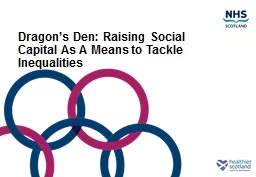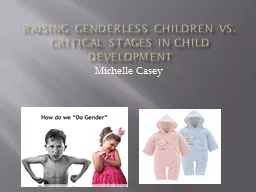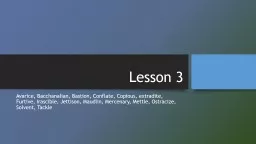PPT-Dragon’s Den: Raising Social Capital As A Means to Tackle
Author : sherrill-nordquist | Published Date : 2015-12-07
Getting Started Vote 1 How much do you know about social capital in a health context select one only Press 1 Nothing Press 2 A little Press 3 A reasonable
Presentation Embed Code
Download Presentation
Download Presentation The PPT/PDF document "Dragon’s Den: Raising Social Capital A..." is the property of its rightful owner. Permission is granted to download and print the materials on this website for personal, non-commercial use only, and to display it on your personal computer provided you do not modify the materials and that you retain all copyright notices contained in the materials. By downloading content from our website, you accept the terms of this agreement.
Dragon’s Den: Raising Social Capital As A Means to Tackle: Transcript
Download Rules Of Document
"Dragon’s Den: Raising Social Capital As A Means to Tackle"The content belongs to its owner. You may download and print it for personal use, without modification, and keep all copyright notices. By downloading, you agree to these terms.
Related Documents














